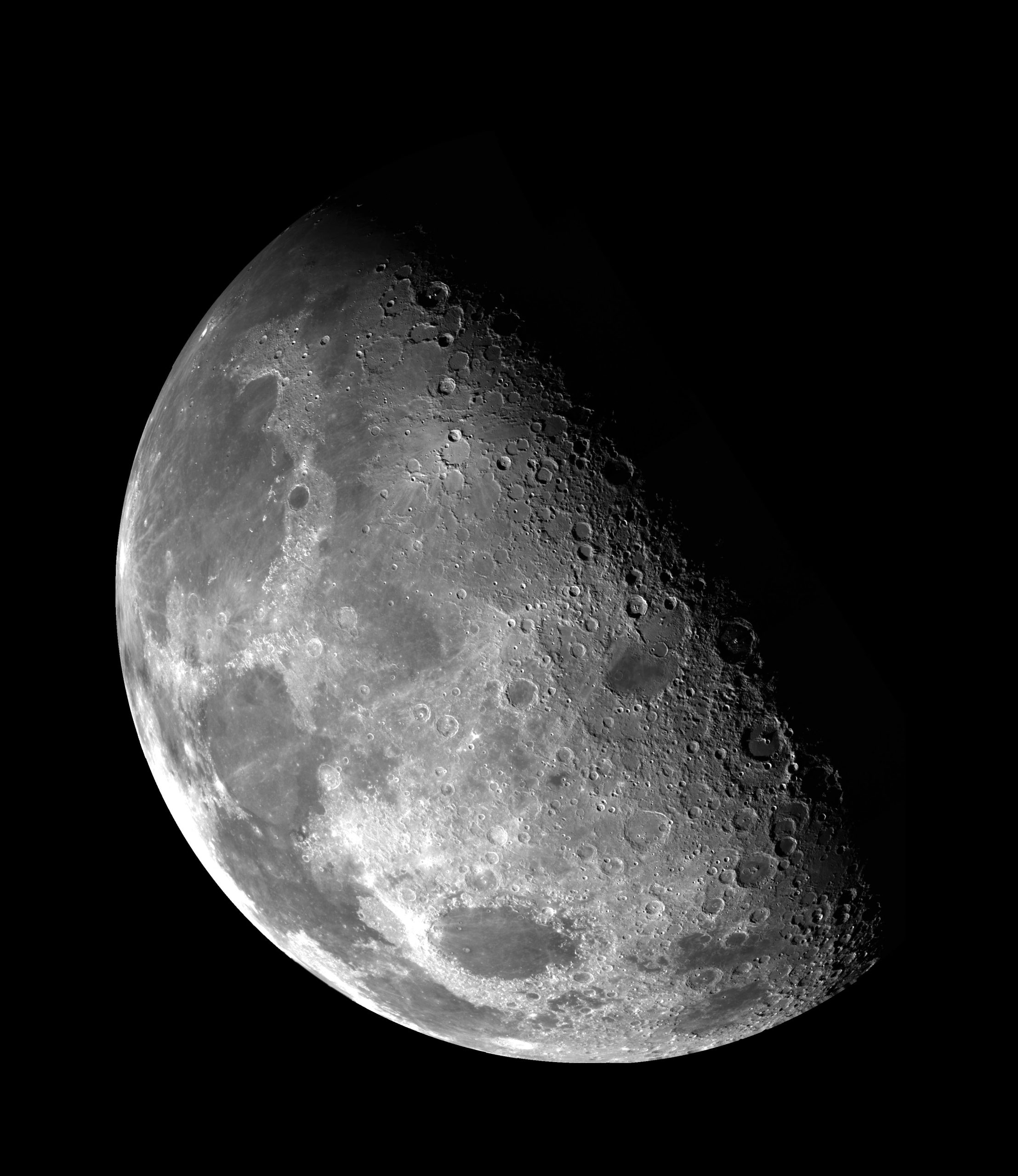Exploring Tarot Cards: A Guide to Understanding and Using the Mystical Deck
The practice of tarot card reading has been captivating individuals for centuries, offering insights into the mysteries of life, guidance for decision-making, and a spiritual connection to the universe. As a powerful tool for divination and self-reflection, the tarot deck has become an integral part of many people’s spiritual journeys. In this comprehensive guide, we will explore the origins, symbolism, interpretation, and ethics of tarot card reading to help you navigate this mystical practice.
Table of Contents
- The History of Tarot Cards
- Components of a Tarot Deck
- Symbols and Imagery
- Types of Tarot Spreads
- Interpretation and Reading Techniques
- Ethics of Tarot Reading
The History of Tarot Cards
While the precise origin of tarot cards remains shrouded in mystery, they are believed to have emerged in the 14th century. Initially, tarot decks were primarily used for playing card games across Europe. However, the cards eventually found their way into the hands of occultists and mystics who recognized their divinatory potential.
One of the oldest surviving tarot decks is the Visconti-Sforza deck, created in the 15th century. This intricate deck reflects the artistic and cultural influences of the Renaissance period. Over time, different tarot traditions and interpretations emerged, such as the Marseille Tarot, Rider-Waite Tarot, and Thoth Tarot.
Components of a Tarot Deck
A standard tarot deck consists of 78 cards, divided into two main categories: the Major Arcana and the Minor Arcana. The Major Arcana consists of 22 cards, representing significant archetypal forces and life lessons. These cards include well-known figures such as The Fool, The Emperor, and The World. On the other hand, the Minor Arcana contains 56 cards, divided into four suits: Cups, Swords, Wands, and Pentacles.
| Card Suit | Element | Associated Meanings |
|---|---|---|
| Cups | Water | Emotions, love, relationships, creativity |
| Swords | Air | Intellect, conflict, communication, decision-making |
| Wands | Fire | Passion, energy, creativity, spirituality |
| Pentacles | Earth | Material possessions, wealth, abundance, physical well-being |
Symbols and Imagery
Every tarot card in the deck carries its own unique symbolism and imagery, often combining various esoteric elements. The rich tapestry of symbols allows the reader to tap into the collective unconscious and gain deeper insights into the cards’ meanings.
To fully grasp the significance of tarot symbols, it is crucial to develop a solid foundation in the traditional meanings associated with different symbols. For instance, a sword may represent conflict or intellect, while a cup can symbolize emotions or relationships. Additionally, paying attention to color symbolism, numerology, and astrological correspondences can provide further layers of interpretation.
Types of Tarot Spreads
Tarot spreads determine the layout and arrangement of the cards during a reading. Various spreads serve different purposes, and each has its own unique structure and significance. Here are some commonly used tarot spreads:
- Celtic Cross: A classic tarot spread providing an in-depth analysis of a specific situation or question.
- Three-Card Spread: Ideal for quick insights or decision-making, with each card representing past, present, and future aspects.
- Relationship Spread: Specifically designed to explore the dynamics and potential outcomes in a personal relationship.
- Five-Card Spread: Offers a comprehensive overview of a situation, including underlying influences and potential outcomes.
Interpretation and Reading Techniques
Interpreting tarot cards requires intuition, knowledge, and experience. When reading the cards, it is essential to consider several factors, including the card’s position in the spread, the question asked, and the relationship between surrounding cards.
Some readers prefer to rely on their intuitive abilities, allowing the images and symbols to speak to them directly. Others employ established tarot frameworks, such as the traditional meanings associated with each card or their personal interpretations based on their experiences.
Developing your own reading style is a gradual process. It involves studying traditional tarot meanings, reflecting on your personal associations with the cards, and experimenting with different reading techniques until you find a method that resonates with you.
Ethics of Tarot Reading
As with any practice involving spiritual guidance, it is crucial to approach tarot reading with a strong sense of ethics and responsibility. Tarot readers must respect the boundaries and rights of their clients while providing accurate interpretations and maintaining confidentiality.
Professional tarot readers often establish a code of ethics to guide their practice. This code may include principles such as obtaining informed consent from clients, respecting confidentiality, not exploiting vulnerable individuals, and continuously improving their skills through ongoing education.
It is equally important for those seeking tarot readings to approach the experience with an open mind and clear intentions. Remember that tarot cards offer guidance and insights, but ultimately, you are the master of your own destiny.
Embrace the Magic of Tarot
Tarot cards possess a timeless allure, inviting us to explore the depths of our subconscious and embark on a spiritual journey of self-discovery. Whether you are a seasoned tarot reader or just beginning your exploration, remember that the true power of the cards lies within you.
By harnessing your intuition, expanding your knowledge, and embracing the symbolism and wisdom of the tarot, you can unlock profound insights and empower yourself to navigate life’s twists and turns with greater clarity and purpose.
So, go ahead, shuffle the deck, and embrace the magic of the tarot.
Table of Contents
